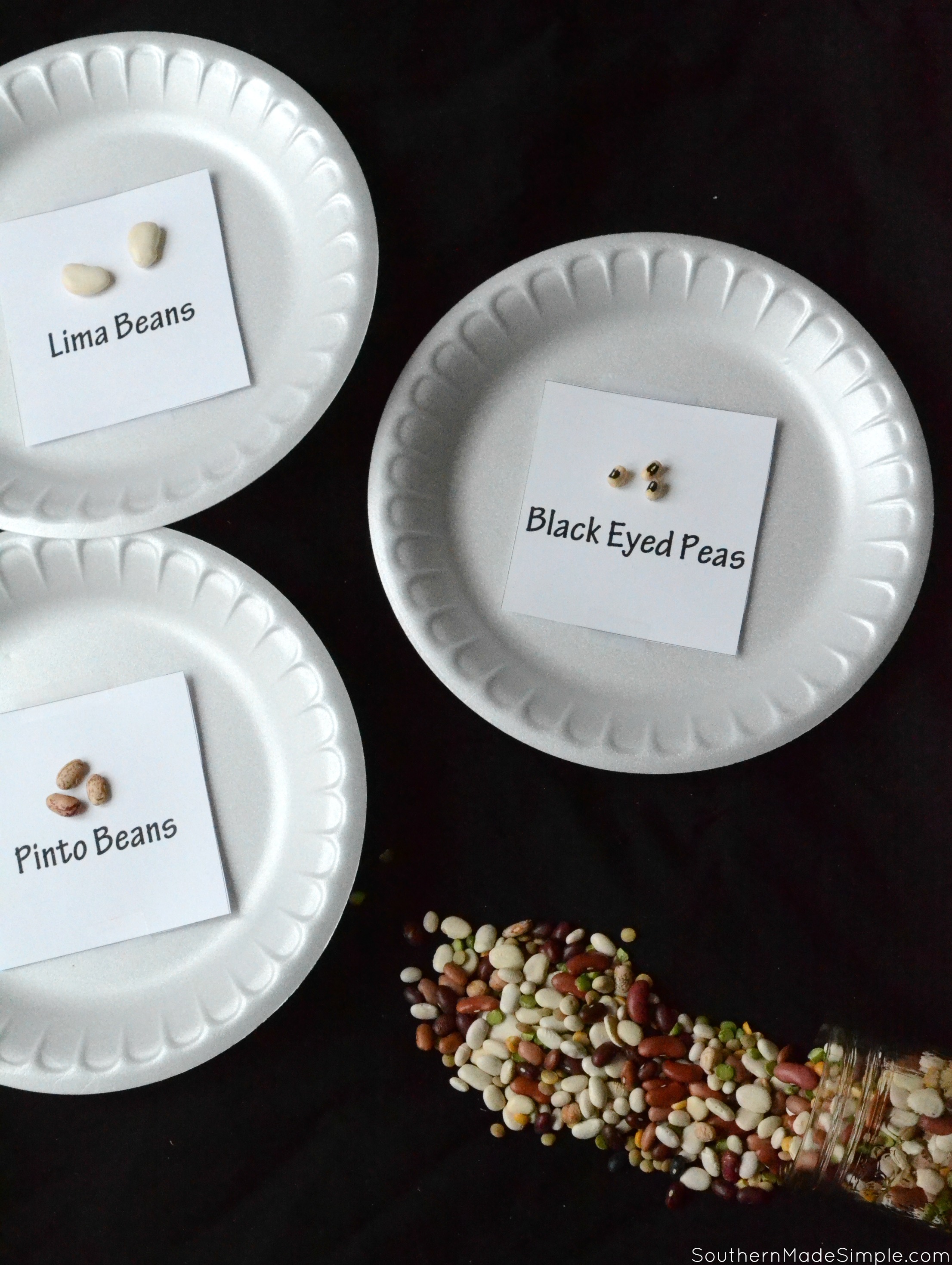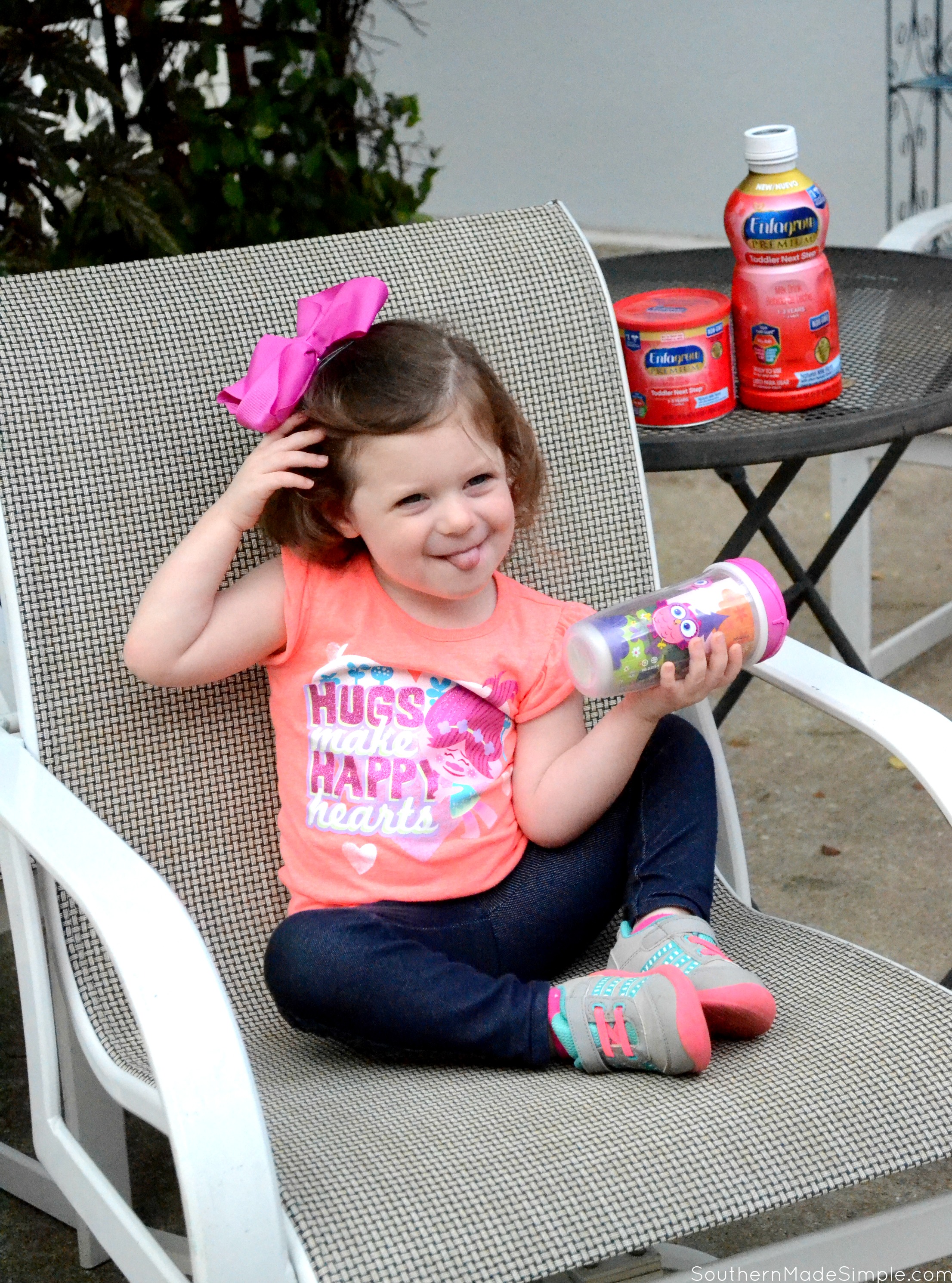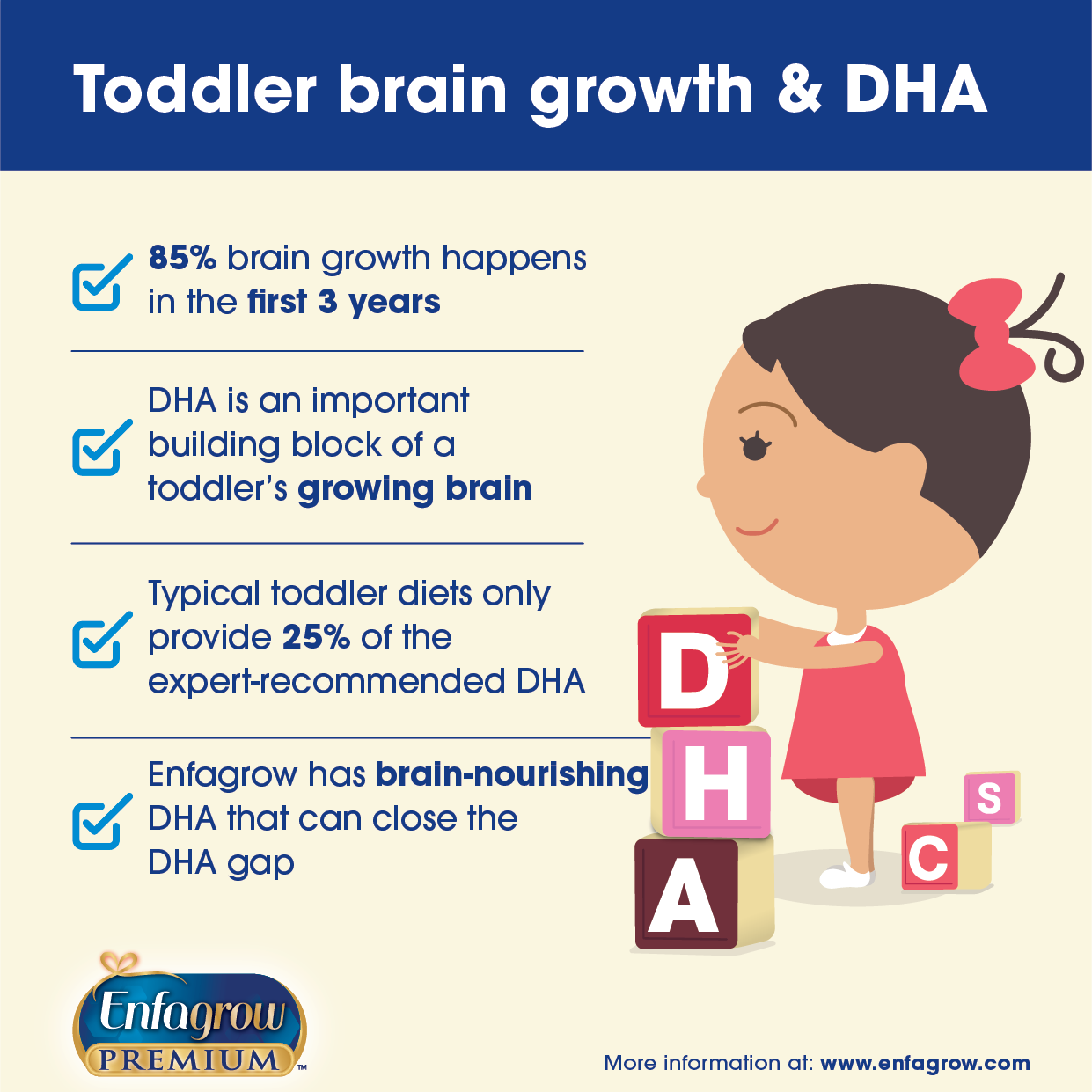I received product and compensation from Mead Johnson Nutrition to create this post written by me. All experiences and opinions expressed in this post are my own and not those of Mead Johnson Nutrition. You can contact Mead Johnson Nutrition with product related questions or comments toll free at 1-888-777-3395.
Now that we’re finally breaking away from those humid summer afternoon temps and stepping into the coolness of fall, I’ve been itching to get outside with my 2 year old daughter and enjoy nature to the fullest. Because we live in a heavily wooded area, there’s tons of things outside that I would love for her to explore and discover, but because of the threat of snakes we’ve been sort-of cooped up inside over the last few months and unable to really dig into nature like we wanted to.

My little girl is a total sponge when it comes to learning and absorbing new things. She’s always watching and listening, and has such a curious little spirit about her that makes me so incredibly proud. I recently learned that 85% of brain growth happens in the first three years of life, so I’ve really been putting an emphasis on finding fun ways to stimulate and encourage brain growth and development during these first 3 years.
Since the weather has cooled down a good bit, we’ve been busy little bees incorporating these 3 practices into our daily lives to support brain development in our daughter:
1. Change the Scenery/Introduce New Places and Spaces to your Toddler
One way we’re stimulating our daughter’s mind is by letting her explore places that are new to her, and our favorite way of doing that is taking her on a scavenger hunt! My husband and I took her on a little stroll down the street to a nice wooded area for her to explore and to search for “treasures” as we called them.

I picked out a few simple items that you can easily find on the ground during this time of year and printed them out on a little card for us to use as our guide. Once my daughter got the hang of what exactly it was we were looking for, she was over the moon excited each time she found something on the list! Giving her a “job” to do in this new-to-her place was a great way for her to learn how to focus on her surroundings, and was also a learning opportunity to talk about each of the items on the list and why they had fallen from the trees and were now on the ground. She loved every single minute of it!
>> Click HERE for a free printable of the scavenger hunt card we used! <<
2. Engage In A Simple Sensory Activity
If you take a peek into your own pantry or kitchen cabinets, you may have a whole arsenal of things that can encourage sensory play and development! During this time of year, I always have a plethora of dried beans and peas on hand to make soups and chili with. This past weekend, we dug them out of the cupboard and decided to play a sorting game with them!

I wrote down the names of a few different types of beans onto an index card and glued a coordinating bean onto each card. I placed the card onto the center of a paper plate and presented my daughter with a bucket full of assorted beans to sort out onto the proper plate. She quickly discovered that each bean was a different color and size, and that they all had a unique shape and texture. Sorting the beans made her use her critical thinking skills, and it was such a joy to me to watch her use her brain in that way!

Depending on the age of your child, you can add as many or as few varieties of beans to sort as you think your child can handle. I started out with 5 types of beans for my daughter to sort, and we gradually worked our way up to 7. (Note: It’s important to keep a close eye on your little one during this activity, as a toddler may try to put a small bean in their mouth.) After sorting the beans, my toddler had even more fun helping me rinse them and cook some of them to go along with our supper.

3. Bridge the Nutrition Gap with Enfagrow® Toddler Next Step™
Knowing that 85% of brain growth happens in the first 3 years of life, I’ve taken it as a personal mission to not only stimulate my daughter’s brain through physical activities, but through balanced nutrition as well. Seeing to it that my toddler is getting the proper nutrition has been one of the biggest obstacles I’ve faced as a parent so far. My picky eater is forever devoted to chicken nuggets, string cheese and the occasional bite of strawberries or bananas every now and then. Experts recommend that toddlers consume 70-100 mg of DHA (an important building block of the brain) per day, and foods such as chicken nuggets, cheese, milk and bananas have 0 mg of DHA.

Because I know that my toddler’s diet does not provide her with the expert-recommended amount of DHA per day, I bridge the nutrition gap with Enfagrow® Toddler Next Step™. Enfagrow Toddler is a milk-based toddler drink made specifically for toddlers that are 1-3 years old, and it’s made by the maker of Enfamil® – the #1 brand of infant formula recommended by pediatricians. Enfagrow Toddler has DHA, prebiotics, and other important nutrients that toddlers may not be getting enough of from their daily diets. It’s not only helping my daughter’s brain develop properly, but it’s given me so much peace of mind knowing she’s getting important nutrition for her growing body every time she takes a sip!

Enfagrow Toddler is available in powder form and also in convenient 32oz liquid bottles. My daughter always does a little happy dance when I give it to her! She says she thinks it tastes like a smoothie, and it’s a great complement to any meal!

Watching my toddler play, laugh and grow has been the greatest joy of my life. I’m thankful that there are tools and resources out there to help us bridge the nutritional gap with our children and see to it that their brains can grow and develop properly! For more information on Enfagrow Toddler Next Step, visit their website here and see how Enfagrow Toddler can help you encourage brain growth and development in your toddler!
Laura – Love these activities!